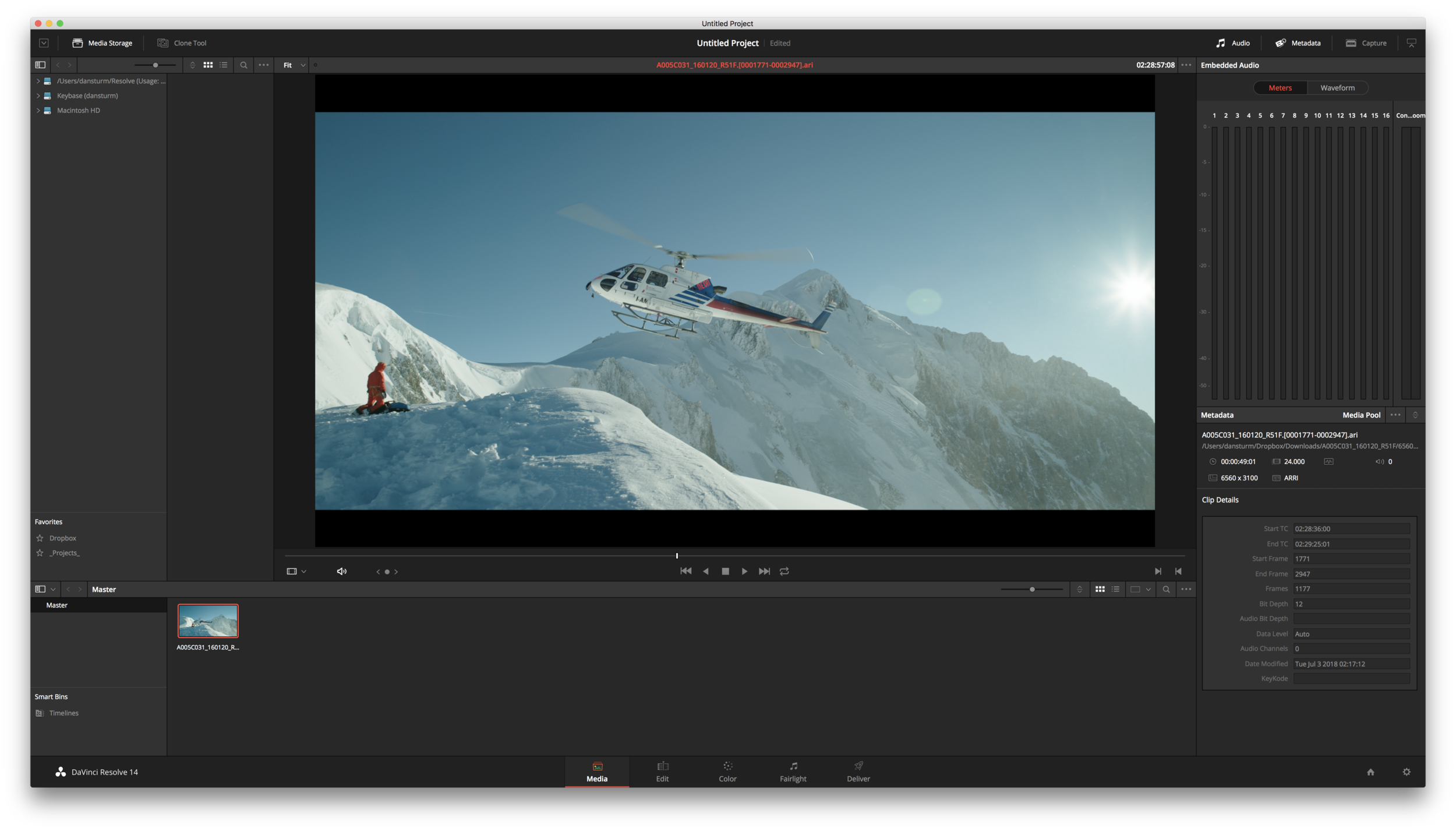
- #Arri 3d lut generator update
- #Arri 3d lut generator software
- #Arri 3d lut generator professional
- #Arri 3d lut generator download
If, however, all the OOTFs, EOTFs, OETFs and such are nothing new to you and you find that I'm committing some obvious howlers - please do let me know! If all that sounds like gobbledigook, uh-huh! HDR is unquestionably becoming important, but the days are early, the concepts potentially such a break from today and the opinions and tastes still so undecided that I see these options as more for information to most people for now. Hopefully it should now be flexible and correct. To do all this I decided the best option was to start again from scratch with the HDR code. I have also included options with HLG to choose exposure scaling between the standard (90% white target maps to 50% HLG) and the BBC suggested reference (90% white target maps to 73%). LUTCalc's model is scene referred, so for the PQ options I have included the PQ reference OOTF, the HLG reference OOTF (which should be used when converting between HLG and PQ and back) and an EOTF-only option. I've been reading up as much as I can about the Rec2100 PQ and HLG colourspaces, and in particular looked to understand the fundamental difference in approach of PQ as a display-referred colourspace against HLG as a scene-referred one.

However, including equations for technical papers and implementing useful, appropriate options are two different things an I have now tried to put LUTCalc into the right position. LUTCalc has long included various high dynamic range curves, including the two which are establishing themselves as standards: Perceptual Quantisation (PQ) and Hybrid-Log Gamma (HLG). I've been playing around taking and analysing test images on an a7s the result of which is my estimation of the Cinegamma 3 and Cinegamma 4 curves (Cinegammas 1 and 2 being renamed Hypergammas).
#Arri 3d lut generator update
This update features a couple of new curves, some important changes to the way others work, a new tool for targeting different displays and the start of changes to the interface.įirst, a relatively simple new feature. LUTCalc v3.1 Update - 1t June 2017 - HDR, Cinegammas, Display Colourspace Conversion and responsive design More details about LUTCalc can be found in the ' Features' section Back To Top This is an ongoing process and I am grateful for the help I have had in checking results and discovering when I have made mistakes! LUTCalc allows you to set all levels as you wish, but also offers simple presets to help consistency in various applications.
#Arri 3d lut generator software
I have also come to realise that at present it is far too easy for LUTs to behave inconsistently between bits of software (or cameras). I have worked to make the tools familiar to me in my work with film and video cameras for example colour temperature can be set directly but also with a CTO / CTB slider akin to lighting gels. Many of my clients do not currently want or need log, and I frequently bake-in my personalised looks developed with LUTCalc. The charts and exposure values have also helped me to understand the way that modern cameras handle wide exposure ranges giving me good, consistent results. If shooting log I also make grading versions so that post can start off working with 'my' look. I use it to create MLUTs for the Sony F cameras I currently most often use. I have written LUTCalc from scratch to help me with my day to day work.

#Arri 3d lut generator professional
My name is Ben Turley and I am a professional lighting cameraman and DoP in the UK. What began as a hobby gradually became more of an obsession which has developed into a flexible tool for creating and then shooting with 'looks'. It started out as a simple spreadsheet for generating S-Log2 exposure shift LUTs for Sony's F5 and F55 cameras.
#Arri 3d lut generator download
Find out what Log-profile your camera is using and download the necessary LUTs below.LUTCalc is a desktop app for generating, analysing and previewing 1D and 3D Lookup Tables (LUTs) for video cameras that shoot log gammas. LUTs are divided by cameras' Log-profiles. To fine-tune the effect you can adjust the opacity (blending) of the adjustment layer with the LUT in your editor. LUTs perform exposure compensation (+/- 2 stops in one step increment) and white balance adjustment (temperature and tint). If you perform the exposure compensation and white balance adjustment after you developed Log-material, you will loose a part of the tonal range (details in the highlights or shadows), or get an picture with a "twisted" color temperature (white balance in the shadows, mid-tones and highlights will be different).

After applying these LUTs, your video remains in the same Log profile, but with changed exposure or white balance. This procedure should be performed before applying development LUTs, in case your shot had incorrect exposure or white balance settings.

This category contains technical LUTs for adjusting the exposure and white balance of the Log-encoded video.


 0 kommentar(er)
0 kommentar(er)
